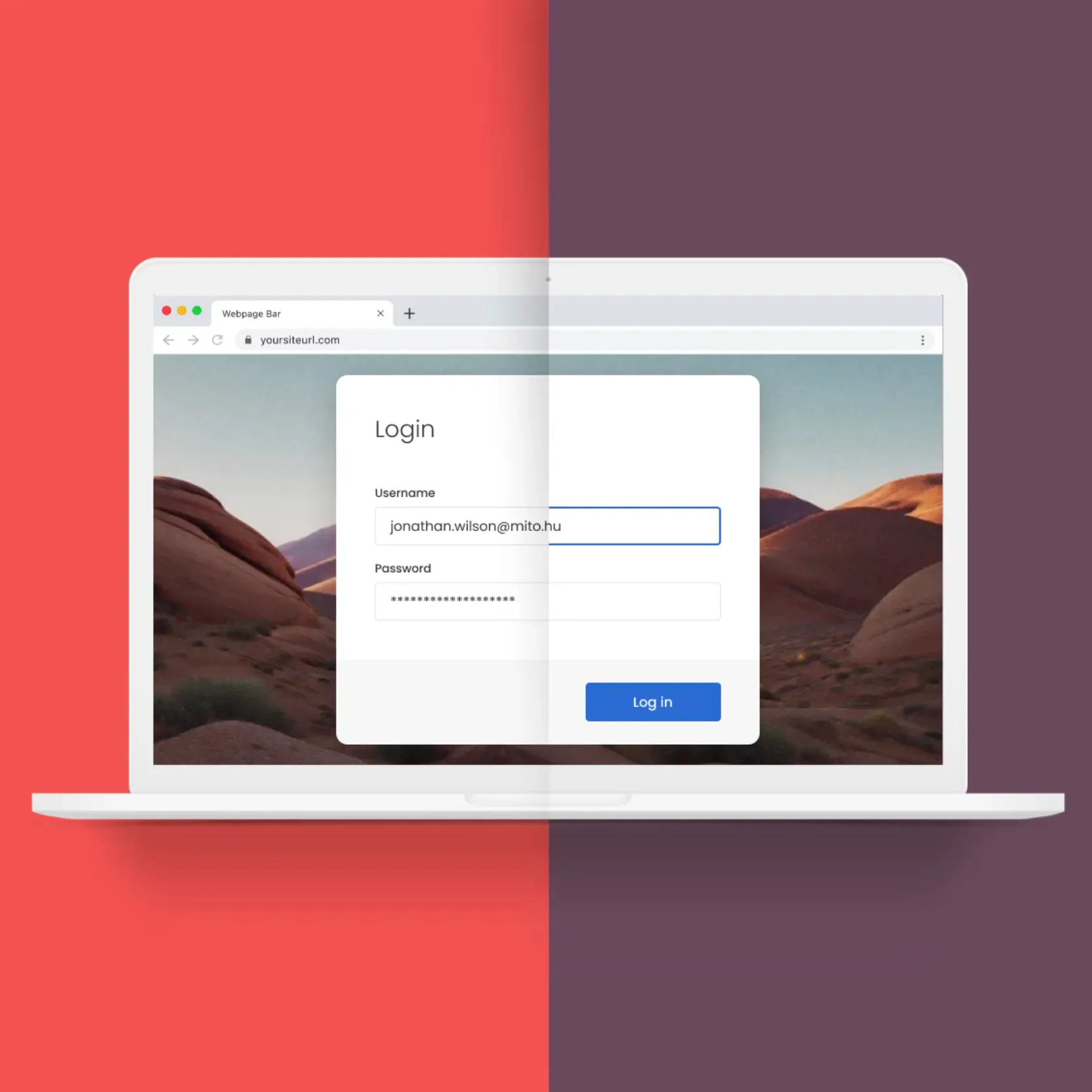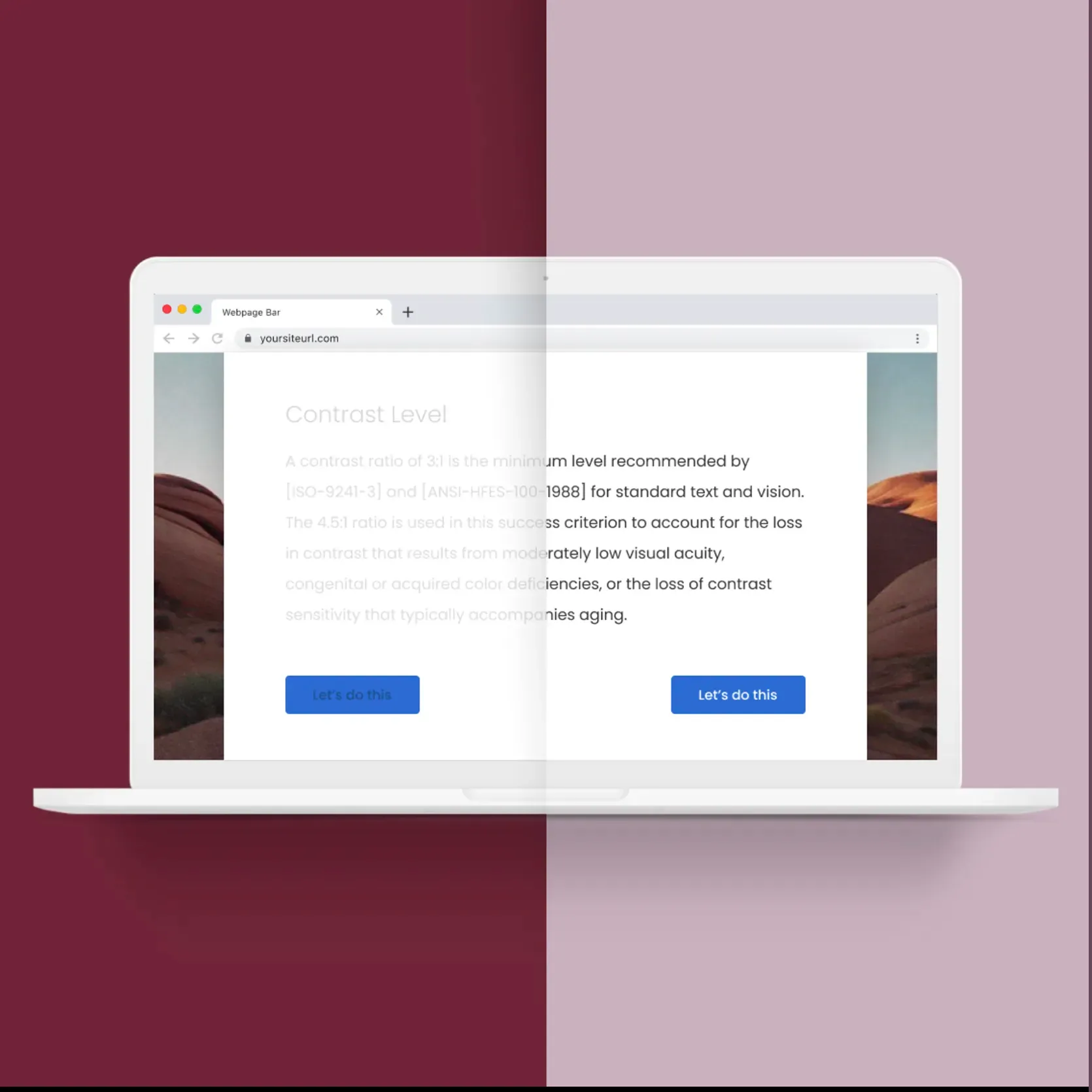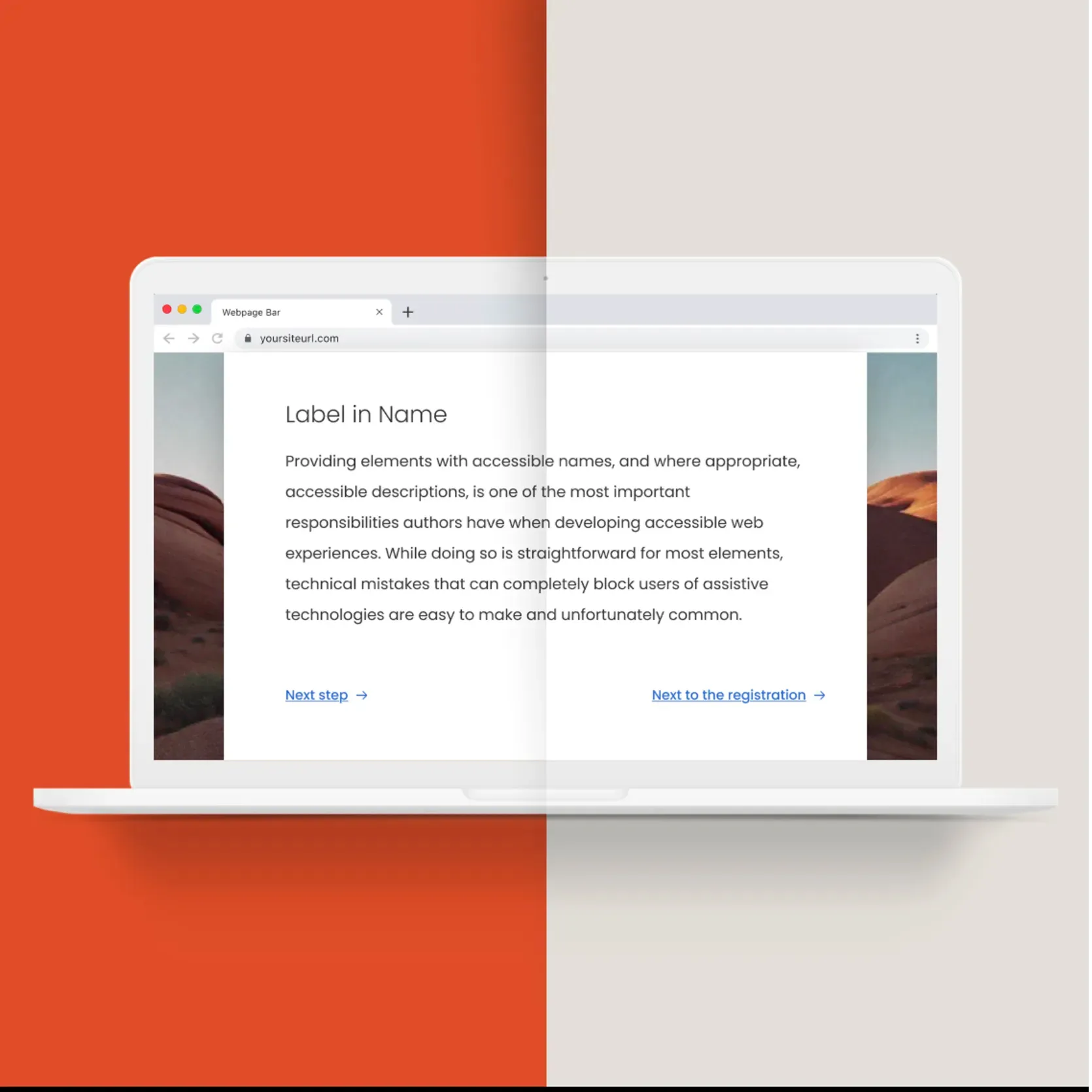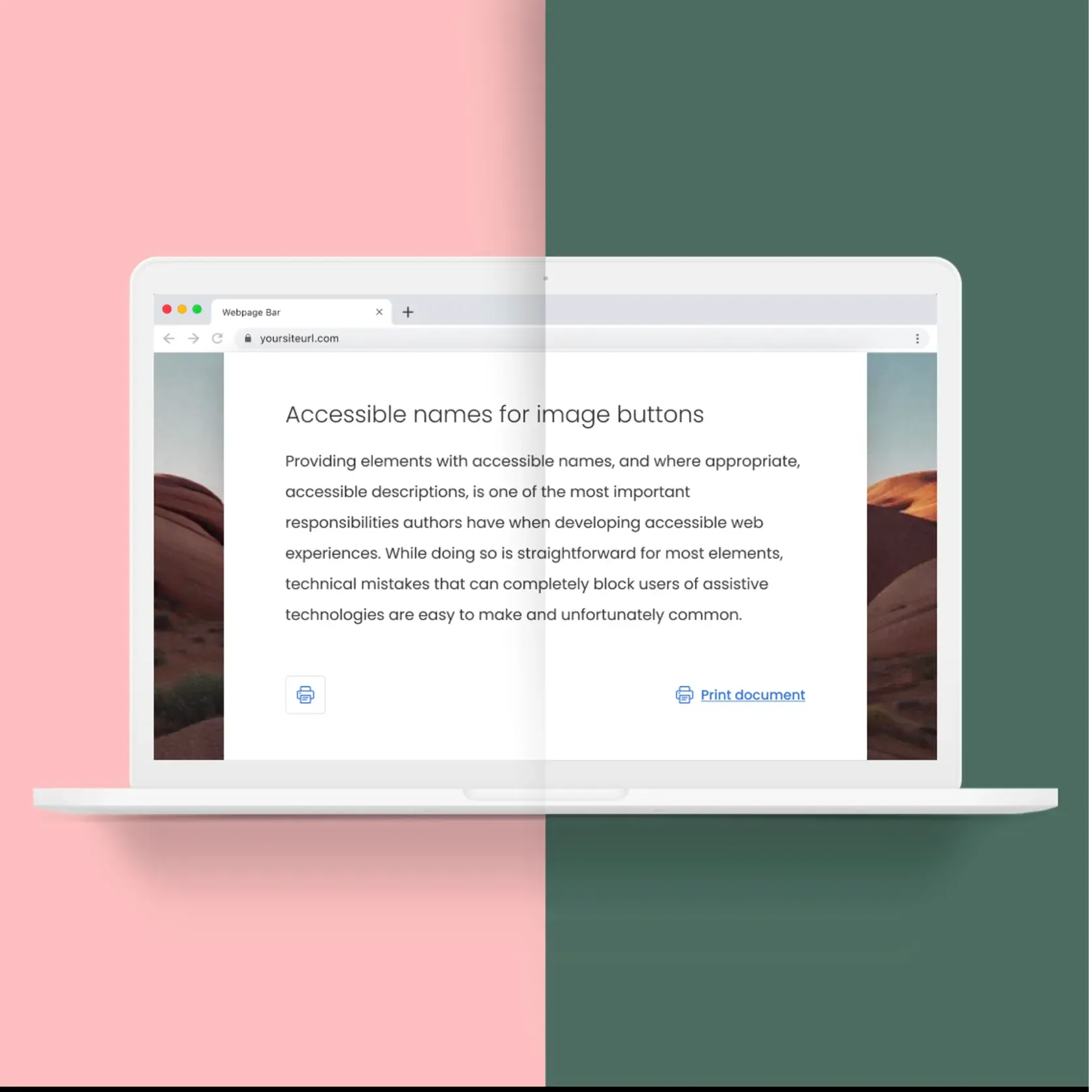
MITO DIGITAL SOLUTIONS
Inclusive Design for Maximum Reach
Go beyond the required minimum of accessibility and elevate your digital products through structure and clarity that benefits everyone. From accessibility review to product delivery, our team brings excellence and expertise.
What is accessibility?
Disability is a mismatched interaction between the features of a person’s body and the features of the environment in which they live. This is how the World Health Organization describes it.
Why it matters
It can remove barriers that make it difficult for users with different abilities to use a digital product. Problems may include:
1. Permanent – complete or long-term loss of vision or hearing (less common)
2. Temporary – during recovery from eye surgery (more common)
3. Situational – bright lights or noisy environments (very common)
From June 2025, accessibility is also a legal requirement under the European Accessibility Act.
Hungary’s Act XVII of 2022 on the general rules for compliance with accessibility requirements for products and services has been in force since June 28, 2025. The law transposes the European Union’s European Accessibility Act (Directive 2019/882) into national legislation and requires accessible usability for certain digital products and services — such as online administration, e-commerce, and electronic communications.

What is required?
1. Perceivable
Information and user interface must be presented in a way that users can perceive it – regardless of which senses they rely on.
2. Operable
Users must be able to navigate and interact with the site – whether they use a mouse, keyboard, or other assistive tools.
3. Understandable
The interface and content should be clear, predictable, and easy to comprehend.
4. Robust
Content and code must be technically reliable and compatible with assistive technologies.
How can we help you?
As a first step we conduct an Accessibility audit. During the audit, we assess the alignement of the website to the WCAG 2.2 AA standard and identify areas that require improvement. This assessment will also serve as the basis for the compliance statement. The audit involves expertise from 3 different fields:

Issues
In addition, we prioritize issues by categorizing the identified problems according to their severity. This serves as the basis for an improvement plan.
Blocker
The issue completely prevents the use of the website or disables a key functionality.
Critical
A severe issue that significantly impairs usability or legal compliance.
Important
A problem that can be detected but does not block usage.
Minor issue
A minor issue, mostly related to aesthetics or non-accessibility aspects.
Focus state example
During user account login, a form field (such as the email or password input) is not keyboard-focusable and is not recognized by screen readers.

Color-contrast ratio example
Low color-contrast ratio makes both the text and button hard to read, and as such hinders conversion rate.

Clear microcopy example
Link text such as “Read more” or “Click here” is ambiguous — the purpose of the link is unclear without additional context.

Unambiguous label example
An icon (e.g., for downloading a PDF or printing) lacks a label, even though it serves only a secondary function.

Does it sound interesting? Do you have any questions? Let’s talk!
Fill out the form and we will reach you as soon as possible, but within 24 hours at the latest. Or alternatively, you can reach directly our business leads or office managers.